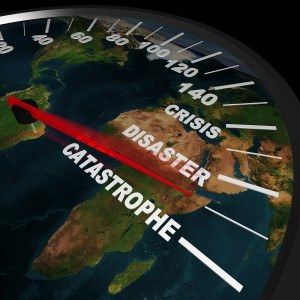 Massive flooding in Japan earlier this summer will be costly, with insured losses landing between an estimated $2 billion and $4 billion, according to AIR Worldwide.
Massive flooding in Japan earlier this summer will be costly, with insured losses landing between an estimated $2 billion and $4 billion, according to AIR Worldwide.
As the catastrophe modeling firm notes, the flooding hit western Japan after excessive rainfall from June 28 to July 8, 2018, causing at least 200 deaths. The record-breaking rain and heavy downpours produced widespread inland flooding in more than 30 regions across western and south-central Japan. More than 46,000 residential buildings were destroyed, damaged or inundated, according to data issued on Aug. 8 by the Fire and Disaster Management Agency (FDMA).
Rivers and streams burst their banks, emergency workers dealt with landslides, and the weather caused major damage to buildings and infrastructure, AIR Worldwide said. As well, companies faced substantial business interruption issues, particularly auto and electronics manufacturers. Observers said that these were the deadliest floods Japan has faced since 1982 and the country’s deadliest natural catastrophe since the 2011 Tohoku earthquake.
In just a few days, parts of Japan received four times the rainfall typically expected in the whole month of July, according to the Japan Meteorological Agency (JMA). Local reports state that new records for rainfall during 24-, 48- or 72-hour periods were set in 93 locations, AIR Worldwide said. A number of rivers in impacted regions crested above their historic levels. While rain stopped on July 9 and water levels began to recede in some areas, the threat of landslides persisted and railroads and highways remained closed in affected regions, hindering relief and rescue operations, according to the catastrophe modeling firm.
AIR Worldwide said its modeled insured loss estimates included insured damage to residential, commercial, industrial and agricultural property, both structures and their contents, and automobile. The estimate does not include elements such as landslide, losses to land, losses to infrastructure, business interruption losses or loss adjustment expenses.
Source: AIR Worldwide





















 How Insurers Can Avoid Post-Merger Technology Failure
How Insurers Can Avoid Post-Merger Technology Failure  Why the Middle Market Matters and How Insurers Can Capture It
Why the Middle Market Matters and How Insurers Can Capture It  Insurance Costs, Climate Concerns Factor Heavily in U.S. Home Buying Decisions
Insurance Costs, Climate Concerns Factor Heavily in U.S. Home Buying Decisions  Good Times for U.S. P/C Insurers May Not Last; Auto Challenges Ahead
Good Times for U.S. P/C Insurers May Not Last; Auto Challenges Ahead 

